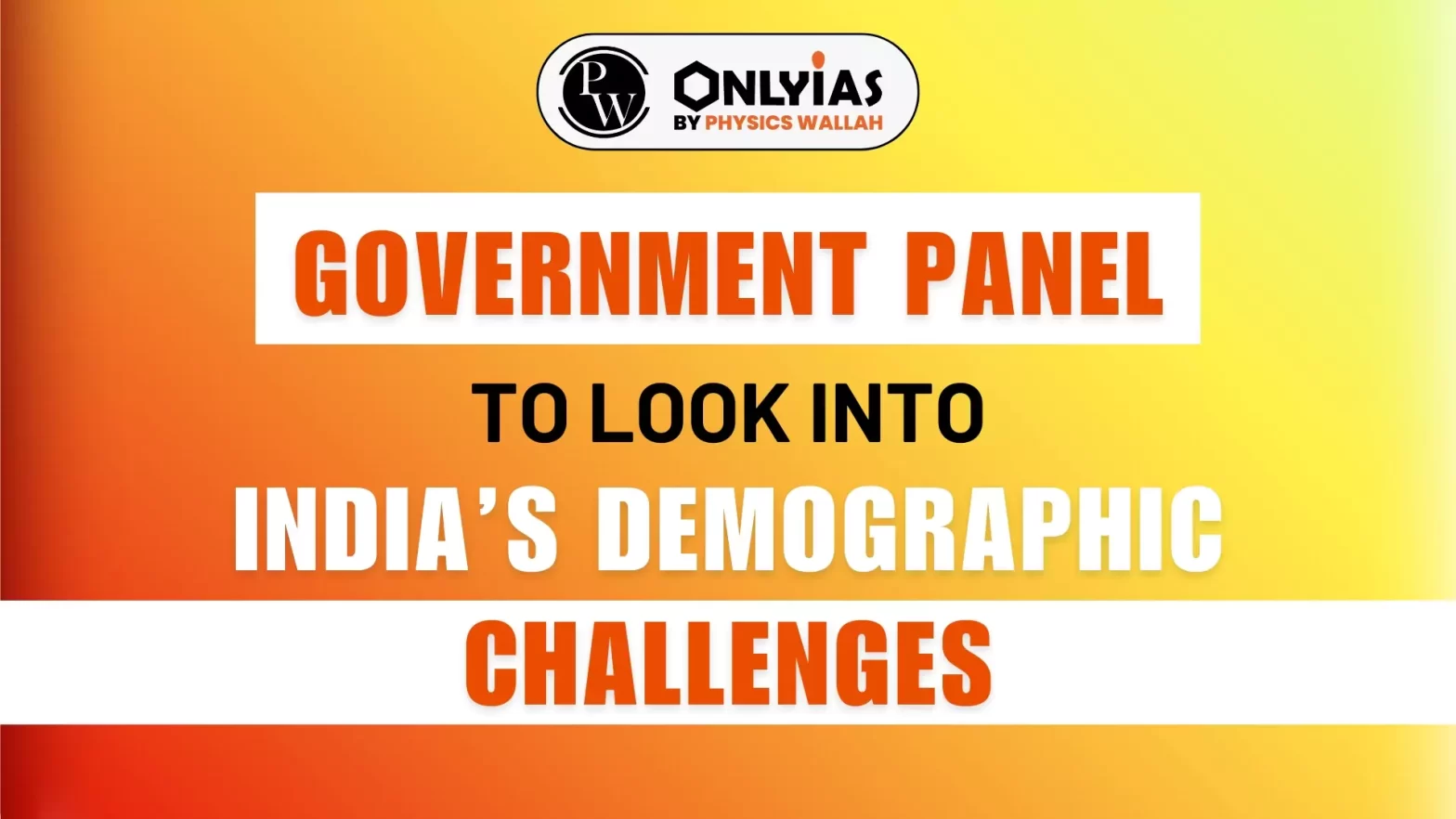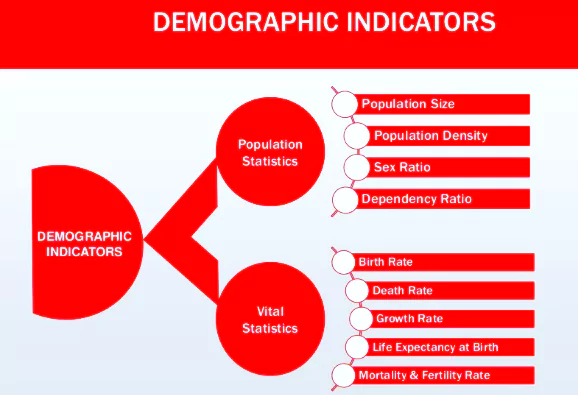
This article is based on the news “Budget: Govt panel to look into India’s demographic challenges” which was published in the Economic Times. While presenting the Interim Budget 2024, the Finance Minister said that a high-powered committee will be constituted to consider the challenges arising from “fast population growth and demographic changes”.
| Relevancy for Prelims: NITI Aayog, National Family Health Survey (NFHS), United Nations, UNDP, Parliament Budget Session 2024 Live Updates, Union Budget 2024-25, Interim Budget 2024-2025.
Relevancy for Mains: Indian Demography: Current Status, Changes, and Way Forward. |
|---|

| Must Read | |
| NCERT Notes For UPSC | UPSC Daily Current Affairs |
| UPSC Blogs | UPSC Daily Editorials |
| Daily Current Affairs Quiz | Daily Main Answer Writing |
| UPSC Mains Previous Year Papers | UPSC Test Series 2024 |
To get PDF version, Please click on "Print PDF" button.
<div class="new-fform">
</div>
